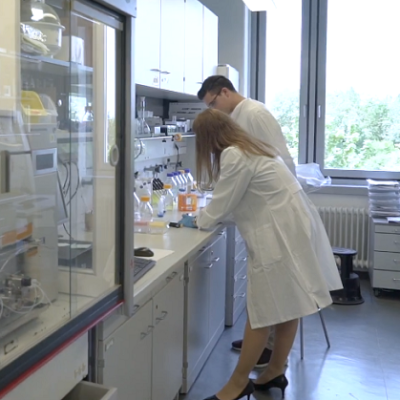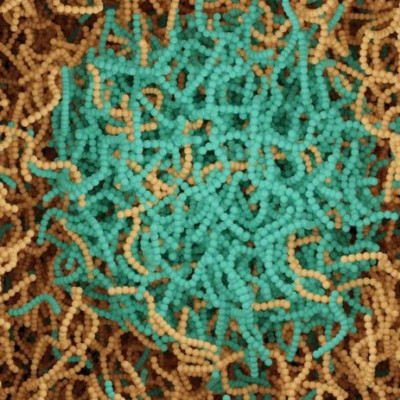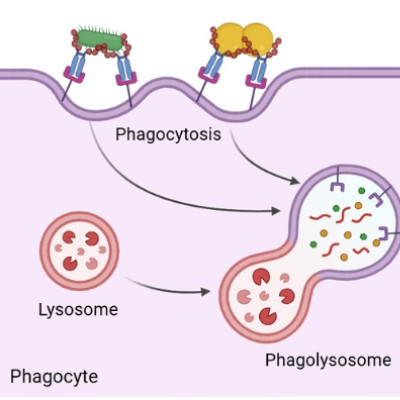Circulating around the body are nanoparticles that affect it in one way or another. For example, there are lipoproteins that maintain cell metabolism, pathogenic viruses that cause many diseases and lipid nanoparticles that are used to carry drugs, like recent lipid nanoparticle-based mRNA vaccines.
However, such particles are too small to be studied easily. To enable this, the researchers in this study have developed a new method that they call single-particle profiling (SPP).
“We’re presenting a new method that gives unprecedented information about nano-sized particles,” says the study’s last author assistant professor Erdinc Sezgin at SciLifeLab and the Department of Women’s and Children’s Health, Karolinska Institutet.
Makes it possible to study thousands of particles
The method makes it possible to measure the content and properties of thousands of particles between 5 and 200 nanometres in size.
“Our method can be used to study bioparticles in health and disease.” says Dr Sezgin. “Moreover, it will also be an invaluable tool in creating better and more effective nanocarriers.”
One of the researchers’ goals was to create a simple, inexpensive method accessible to all researchers.
“We established a method based on commercially available microscopes and made our data-analysis tool and all our data freely available,” says Dr Sezgin.
Read the original article on Karolinska Institutet.







